The Medical College of Virginia medical curriculum was lengthened to three years
In 1894, the Medical College of Virginia medical curriculum was lengthened to three years.
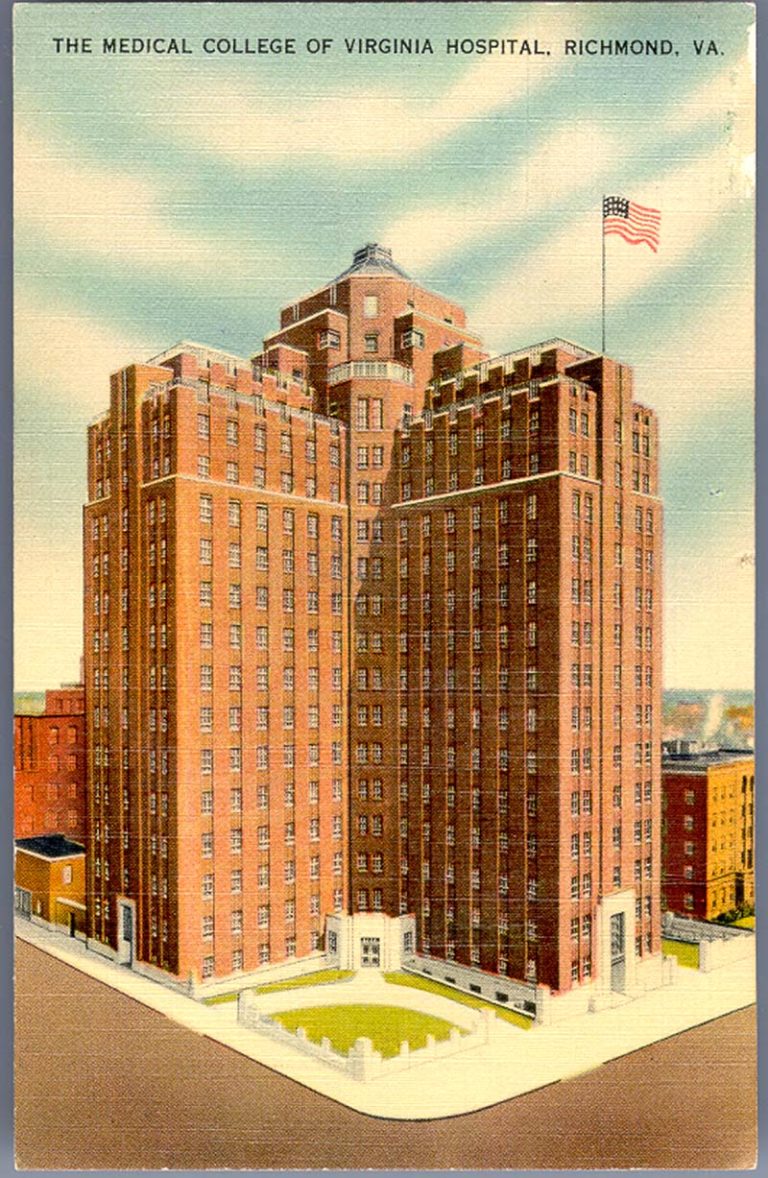
In 1894, the Medical College of Virginia medical curriculum was lengthened to three years.

In 1894, Virginia Tech Carilion School of Medicine welcomed its first class.
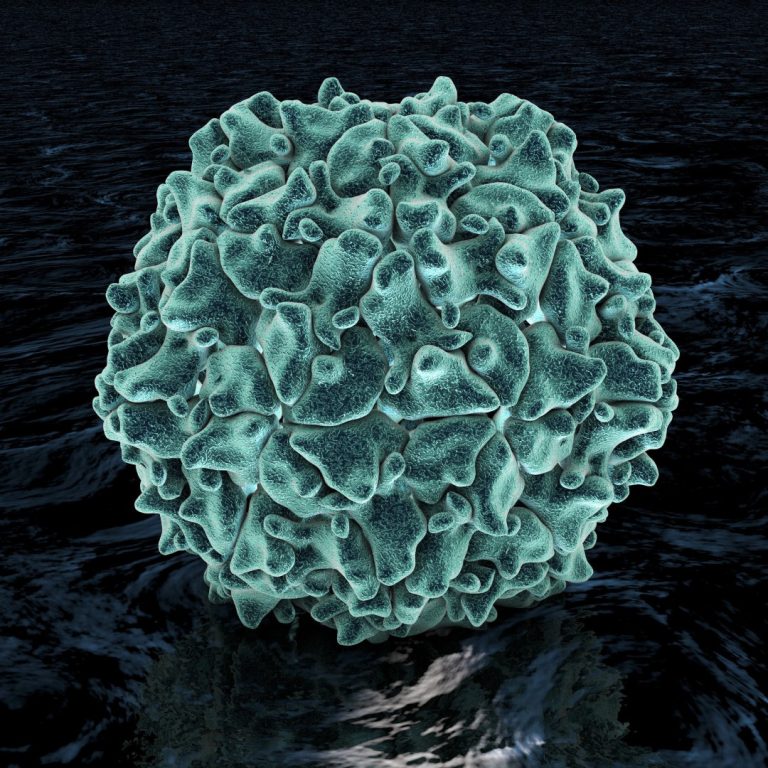
In 1894, the first known polio epidemic in the U.S. occurred in the Rutland, Vermont. 132 people from…
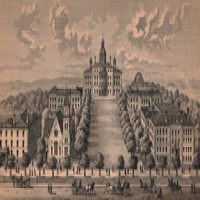
In 1894, the Regents defended UW professor Richard T. Ely by adopting the sifting and winnowing statement: モWhatever…
In 1894, Johnsonᅠ&ᅠJohnson launched maternity kits to make childbirth safer for mothers and babies. JOHNSON’Sᆴ Baby Powder goes…
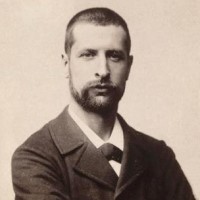
In 1894, Alexandre Yersin, a member of the French Colonial Health Service in Hong Kong isolated from buboes…
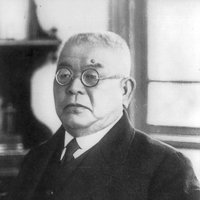
In 1894, Kitasato Shibasaburo isolated the causative bacillus from buboes, later named Yersinia pestis, while he researched the…
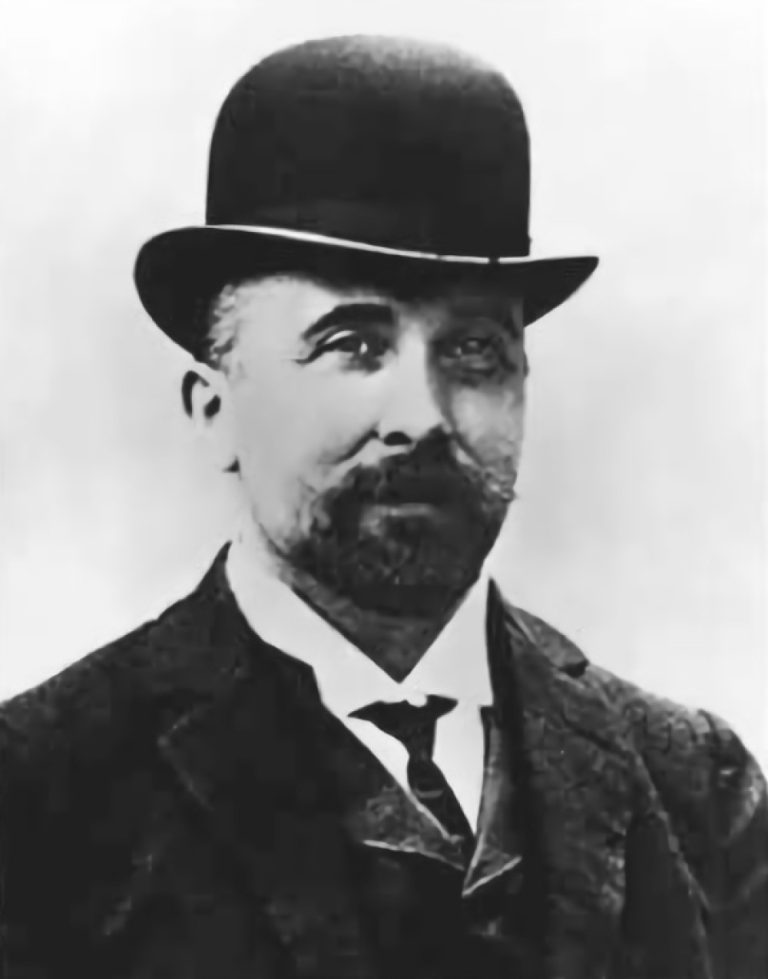
In 1894, German chemist Felix Hoffmann, one of the inventors of Aspirin, joined “Farbenfabriken vorm. Friedr. Bayer &…
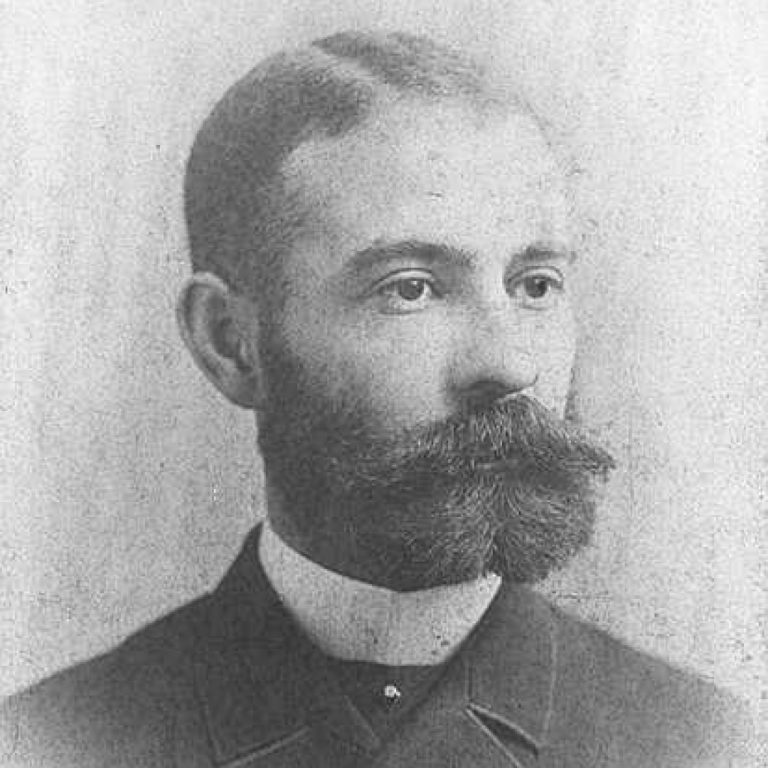
On Jul. 9, 1893, Dr. Daniel Hale Williams, an African-American cardiologist, was the founder of Provident Hospital, the…
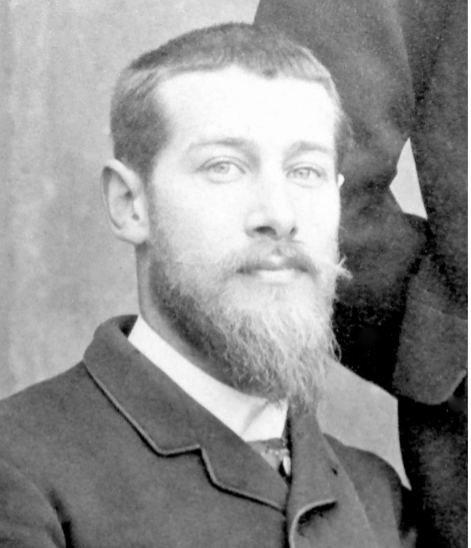
On May 27, 1893, Paul Oscar Blocq and Georges Marinesco published ‘Tremblement Parkonsonien Hemiplegique‘ the first case that…

On Feb. 16, 1893, the Agricultural College of the State of Montana was founded as the state’s land-grant…
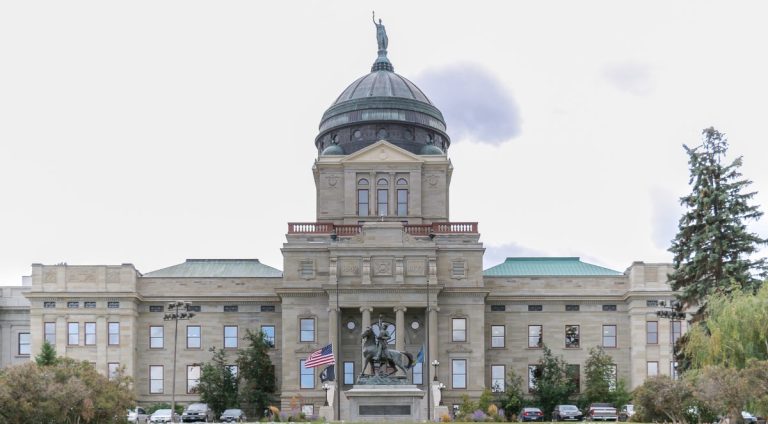
On Feb. 13, 1893, the Montana State Legislature authorized the creation of the University of Montana. The University…
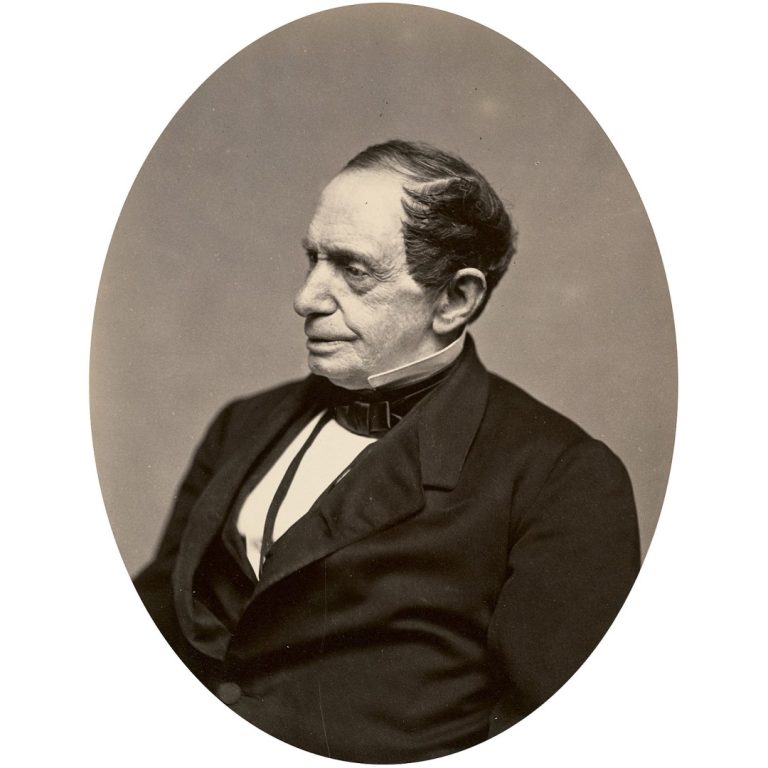
In 1893, the Johns Hopkins University School of Medicine opened in Baltimore. Johns Hopkins, a famous Baltimore businessman,…
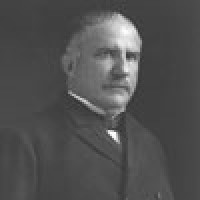
In 1893, the U.S. Congress passed the Rayner-Harris National Quarantine Act which established procedures for medical inspection of…
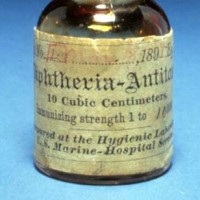
In 1893, city and state public health departments began mass production of diphtheria antitoxin, following its introduction in…

In 1893, Provident Hospital, the first non-segregated hospital in the U.S, was founded in Chicago by Dr. Daniel…
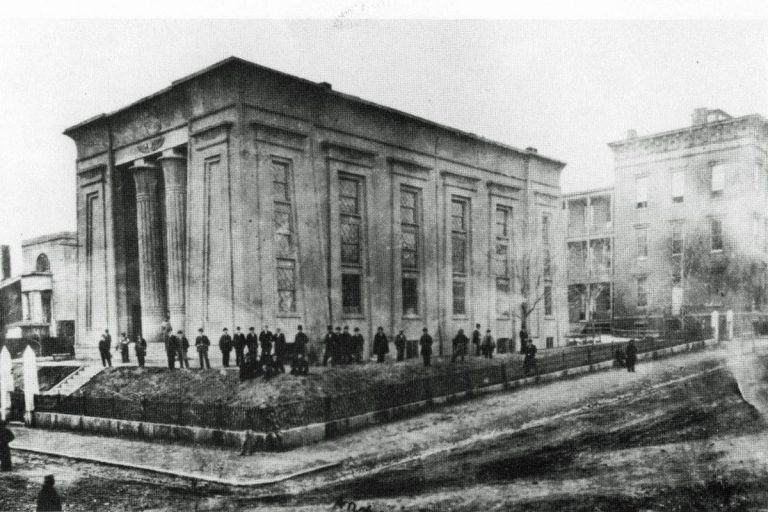
In 1893, the College of Physicians and Surgeons, later the University College of Medicine, was established by Dr….

On Jan. 13, 1892, the Washington Agricultural College and School of Science, now known as Washington State University…

In 1892, President Benjamin Harrison, trying to prevent av Asiatic cholera epidemic, had Surgeon General Thomas J. Parran,…
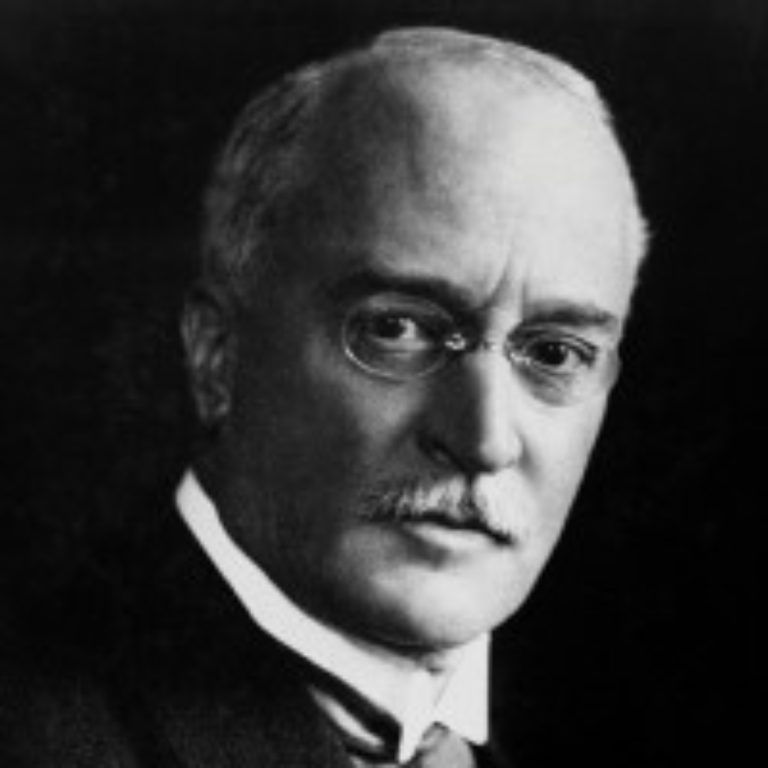
In 1892, Rudploh Diesel, a german engineer created the diesel engine, an internal combustion engine originally designed to…
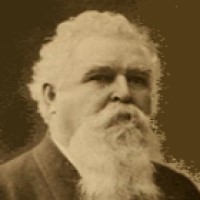
In 1892, the John A. Creighton Medical College was founded. The medical school was affiliated with the new…
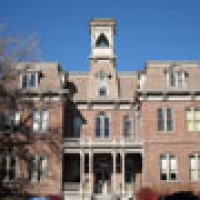
In 1892, the University of Nevada, the state’s land-grant institution was founded in 1874 in Elko as a…
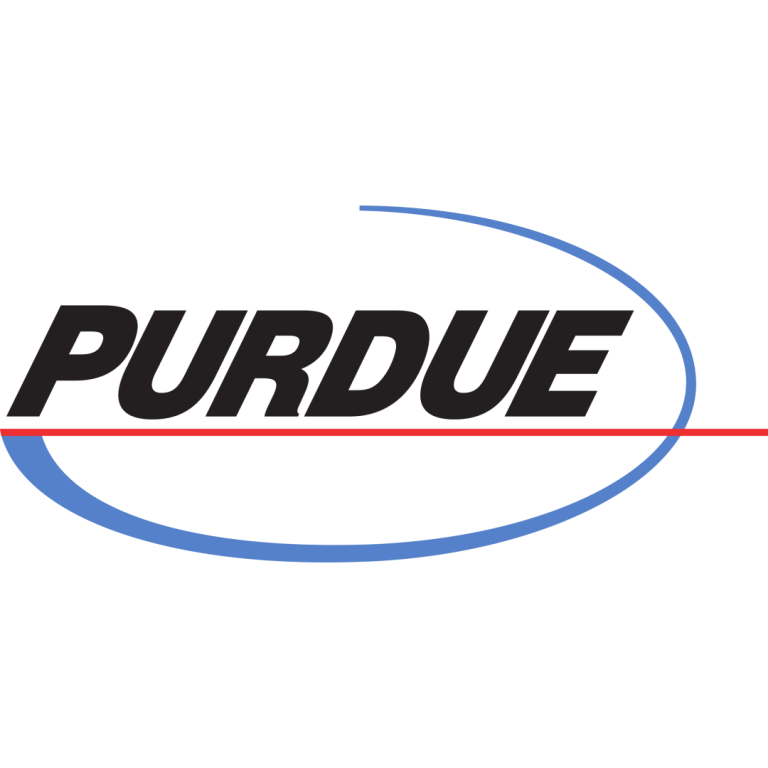
In 1892, the Purdue Frederick Company was founded by medical doctors Dr. John Purdue Gray and George Frederick…
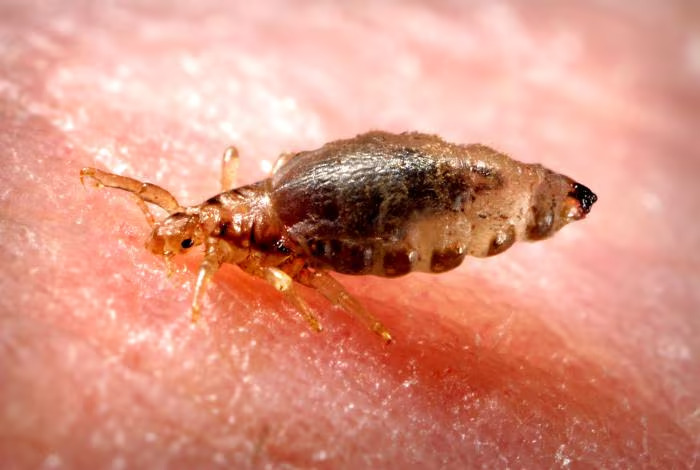
In 1892, the port of New York imposed a 20 day quarantine on all immigrant passengers who traveled…

In 1892, The Wistar Institute, the nation’s first independent biomedical research facility, was founded and is the namesake…
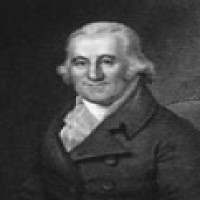
In 1892, the original building of the Wistar Institute was constructed, and today still a part of the…

On Oct. 1, 1891, Stanford University opened its doors after six years of planning and building on land…
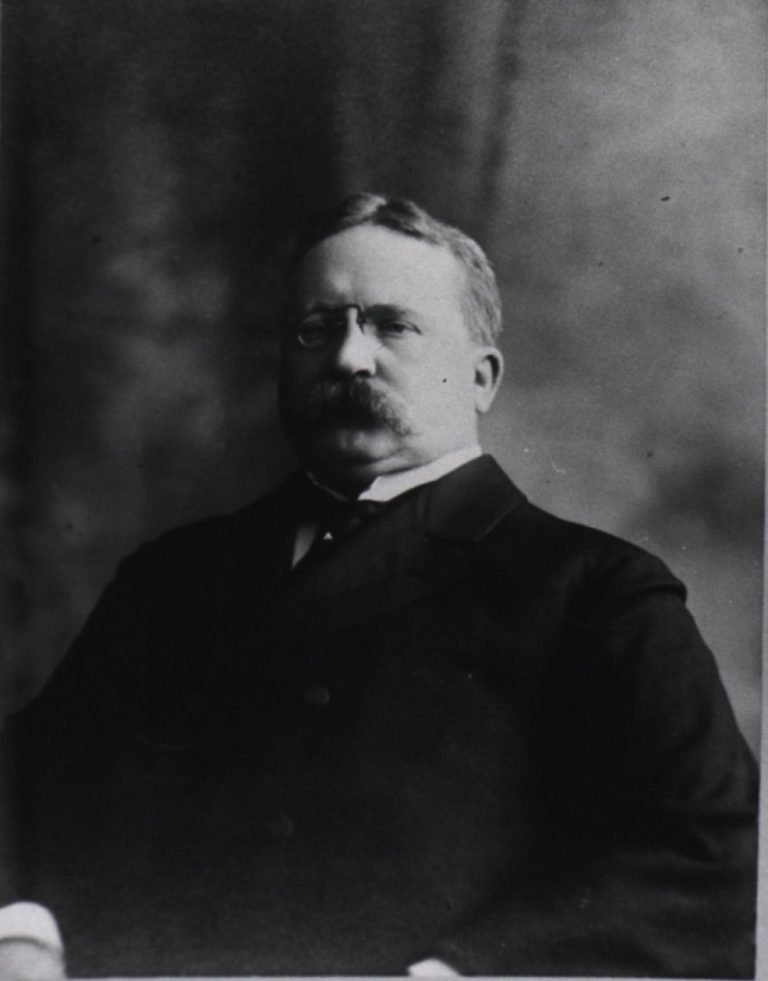
On Jun. 1, 1881, Walter Wyman began service as Supervising Surgeon (renamed U.S. Surgeon General in 1902). He…
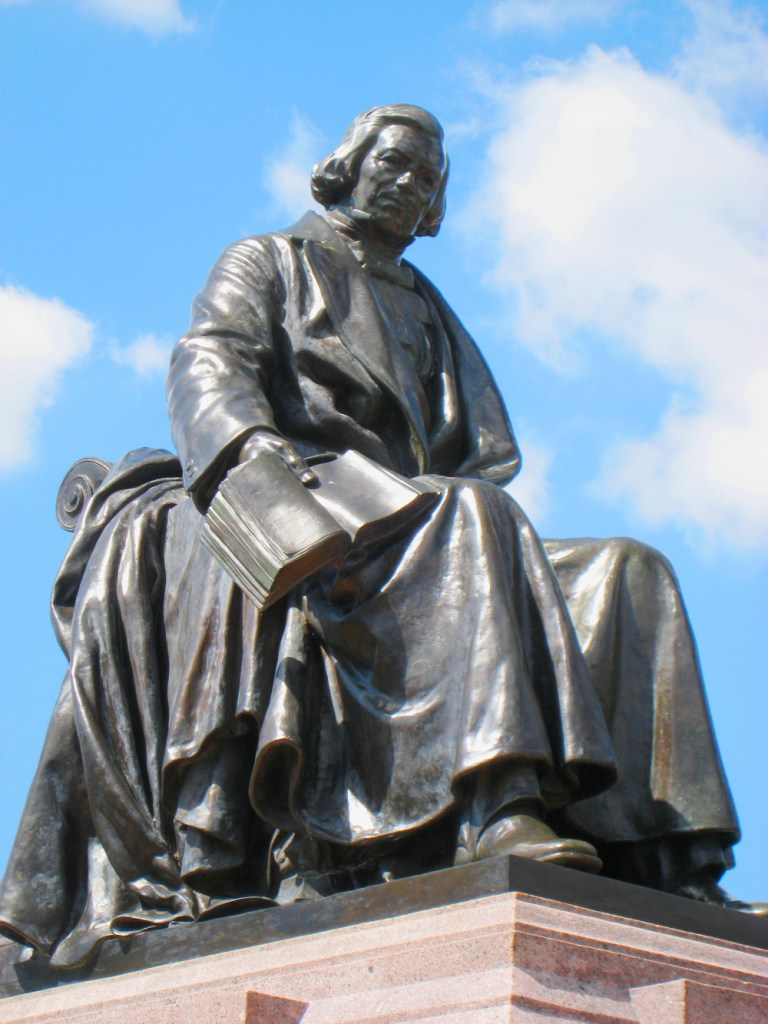
On May 18, 1891, Massachusetts-born businessman William Marsh Rice chartered the William Marsh Rice Institute for the Advancement…
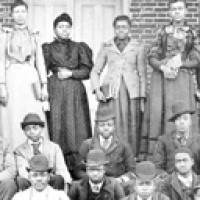
On May 15, 1891, the State College for Colored Students (Delaware State University) was established by the Delaware…